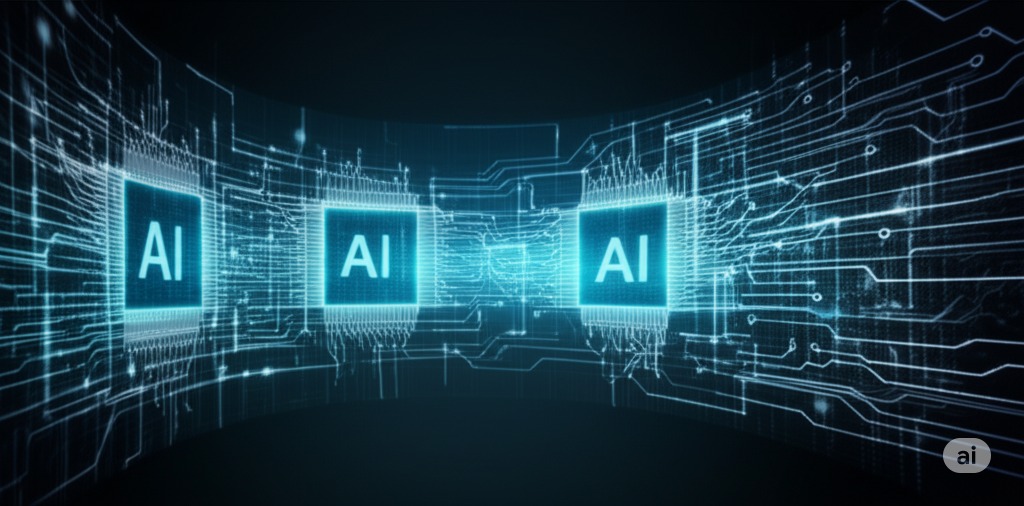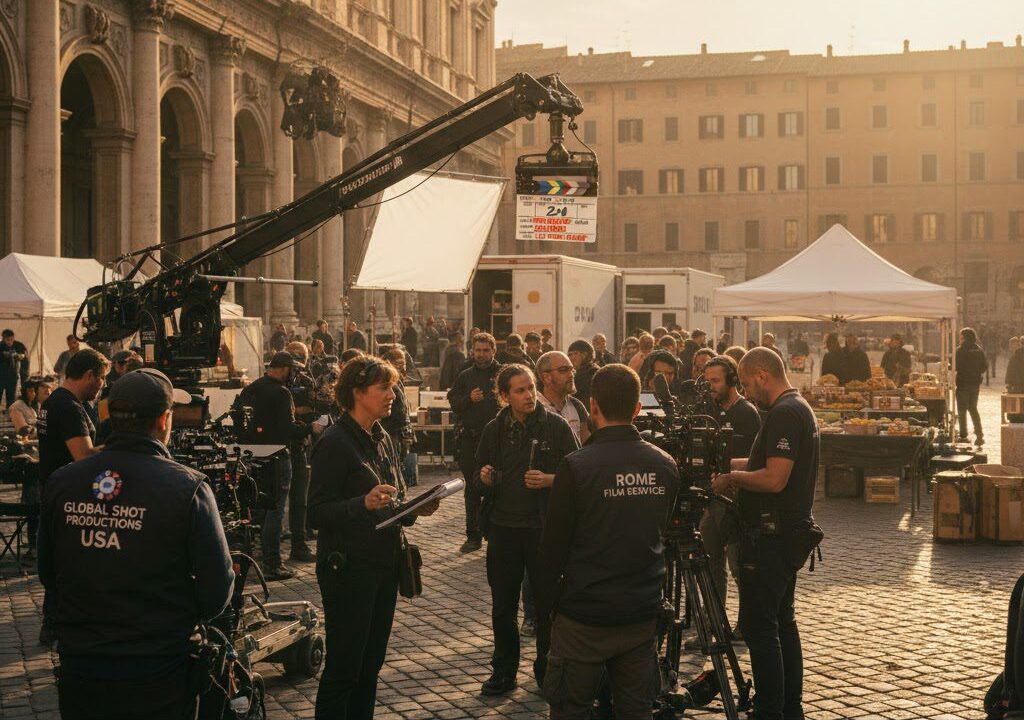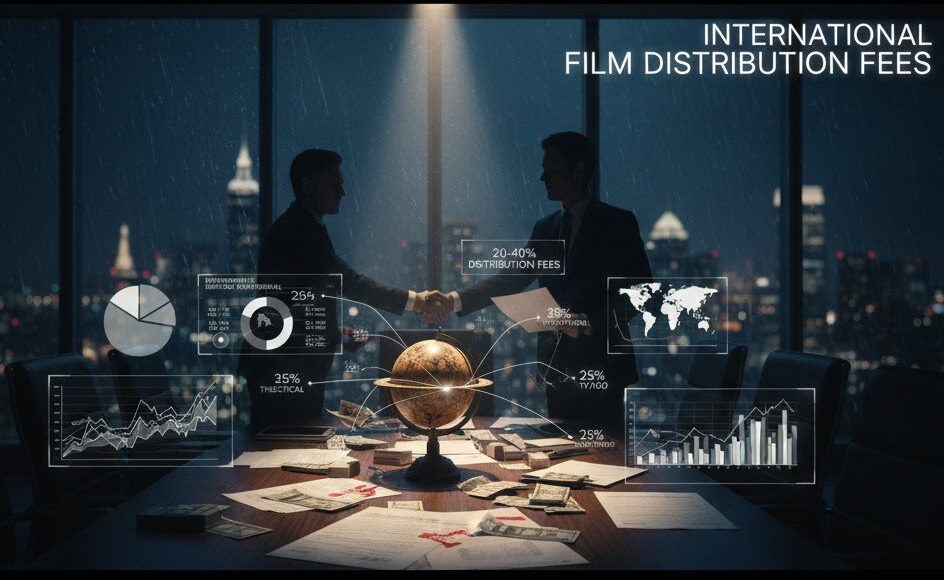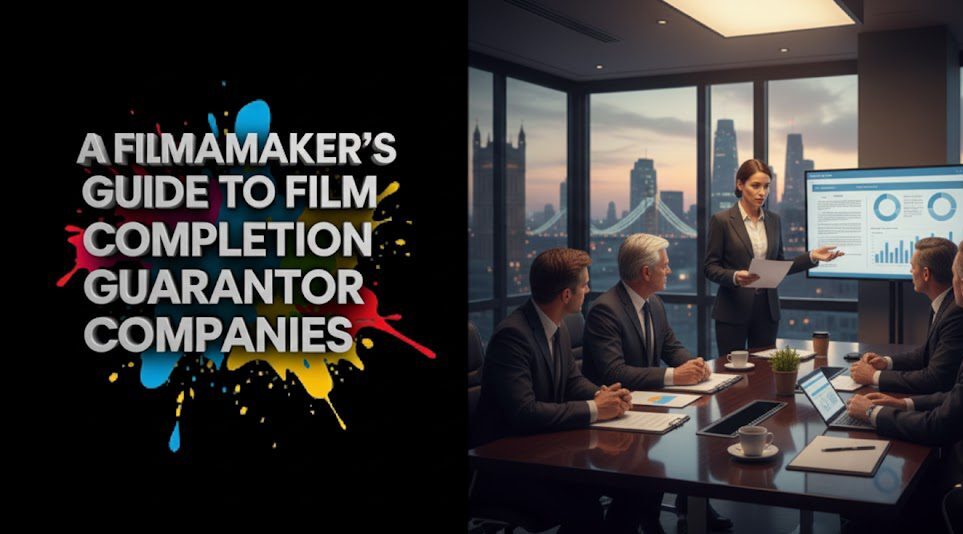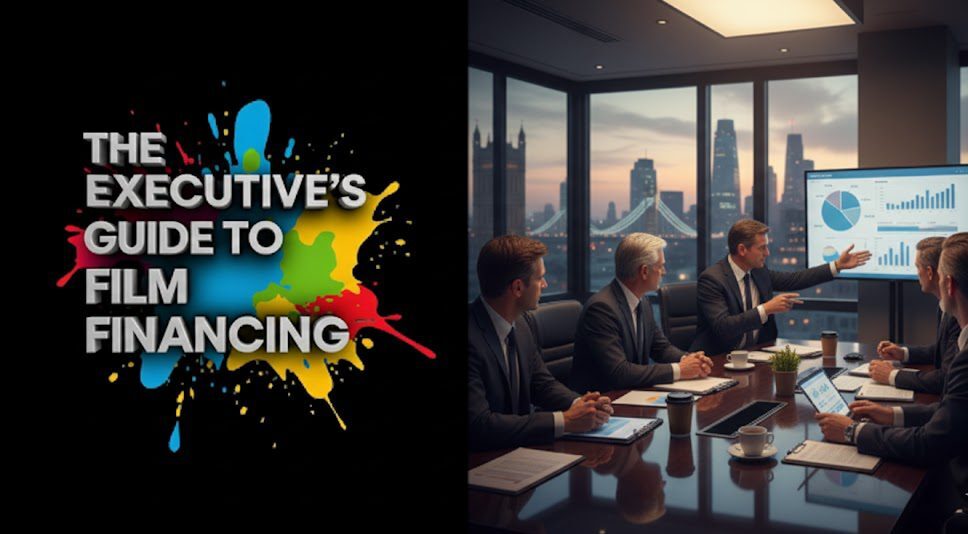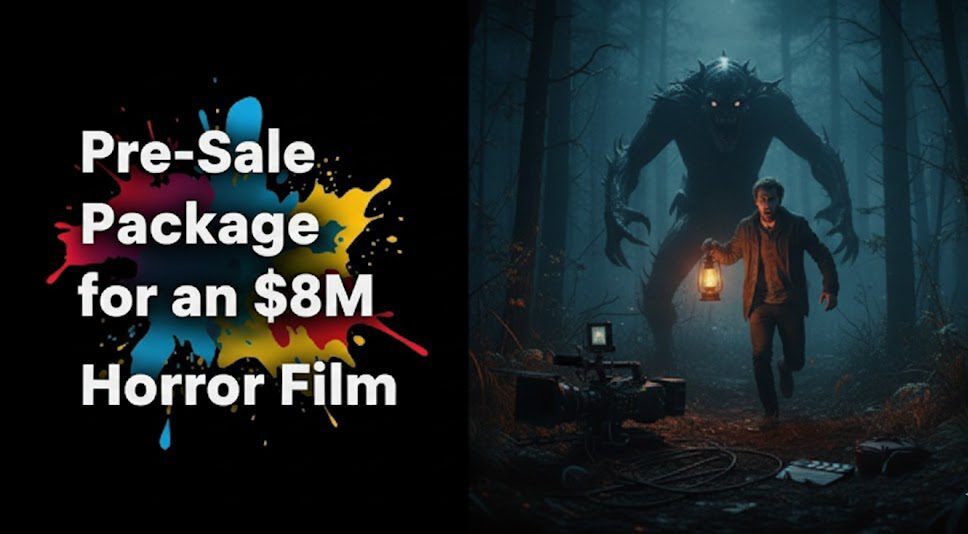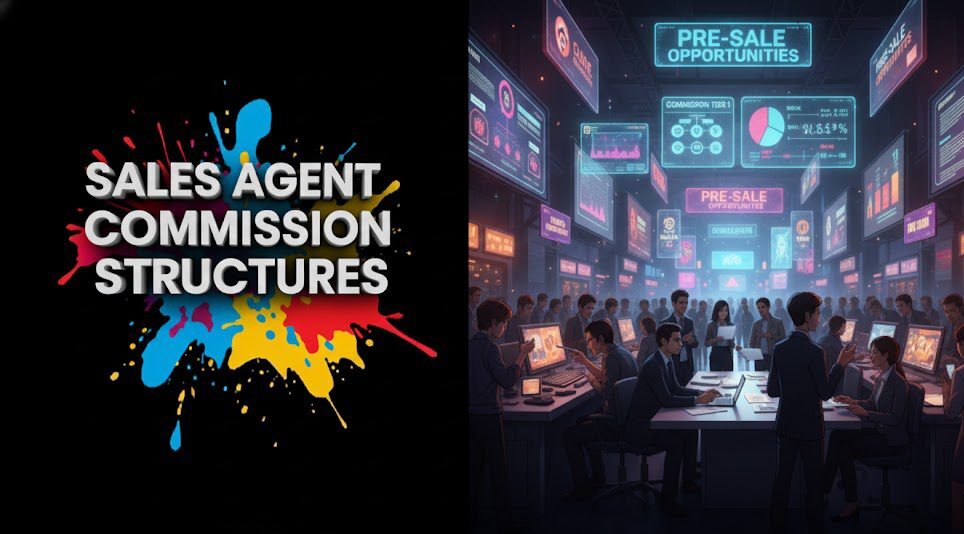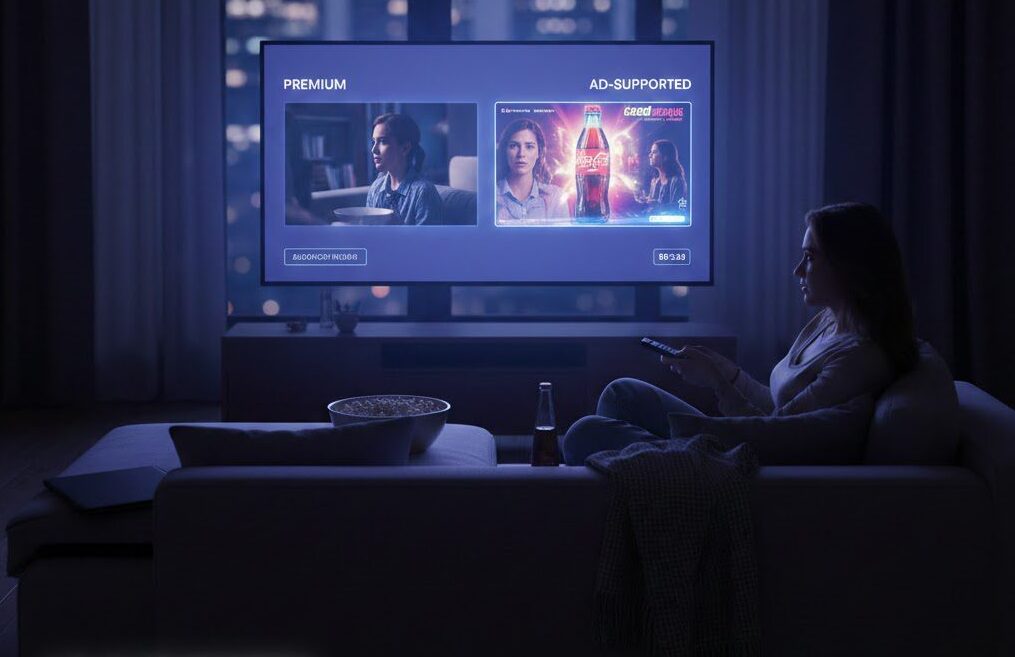Introduction
Let’s be honest. Post-production is often a race against the clock. You’re juggling tight deadlines, shrinking budgets, and the endless demand for higher quality content.
It feels like you’re constantly fighting fires instead of focusing on the creative work you love. But what if you could automate the most tedious parts of your job? That’s where AI for post-production comes in, and it’s changing the game completely.
It’s not about replacing editors or artists. It’s about empowering them.
Think of it as having the world’s most efficient assistant, one that handles the repetitive tasks, so you can focus on storytelling and creativity.
In this post, I’m going to walk you through exactly how AI is reshaping post-production and how you can leverage it to get ahead.
Table of content
- Introduction
- Key-Takeaways
- What is AI in Post-Production, Really?
- Step 1: Automate the First Pass with AI-Powered Editing
- Step 2: Supercharge Your VFX Workflow
- Step 3: Perfect Color and Audio with AI Precision
- Step 4: Scale Globally with AI-Driven Localization
- How to Find the Right AI-Powered Partners
- Conclusion
- FAQs
Key Takeaways
| Area of Post-Production | How AI Transforms It | Key Benefit |
|---|---|---|
| Video Editing | Automates rough cuts, transcription, and shot selection. | Drastic reduction in initial editing time. |
| VFX & Graphics | Simplifies rotoscoping, object removal, and motion tracking. | Frees up artists for high-value creative tasks. |
| Color & Audio | Provides intelligent color grading suggestions and auto-cleans audio. | Achieve consistency and quality faster. |
| Localization | Automates dubbing, subtitling, and translation workflows. | Reach global audiences at a fraction of the cost. |
Ready to take your content global, faster?

Step 1: Automate the First Pass with AI-Powered Editing
The rough cut is often the biggest time sink in editing. AI is flipping that on its head. Modern tools can analyze raw footage based on transcripts, automatically creating a first assembly of the story. Imagine uploading an interview and getting a fully transcribed, edited sequence of all the best soundbites in minutes.
Key AI functions in editing include:
- Text-Based Editing: Edit video by simply editing the text in a transcript. Deleting a sentence removes the corresponding video clip. It’s that simple.
- Automated Shot Selection: AI can analyze multiple camera angles and automatically select the best shots, creating a multi-cam sequence instantly.
- Silence Removal: Automatically cut out all the dead air and pauses from a long recording, tightening up the pace immediately.
This doesn’t replace an editor’s intuition. It just gets them to the creative part of the job 90% faster.
Step 2: Supercharge Your VFX Workflow
Visual effects are magical, but the manual labor behind them can be brutal. Rotoscoping, masking, and tracking are notoriously painstaking. This is where AI delivers some of the most impressive gains in post-production.
Instead of tracing frame by frame, AI models can identify and isolate objects and people with a single click. This means:
- AI Rotoscoping: Cut masking time from days to minutes.
- Smart Object Removal: Erase unwanted elements from a shot, like wires, logos, or people in the background, and the AI will intelligently fill in the space.
- Motion Tracking: Apply effects to moving objects with incredible accuracy and stability, without the manual keyframing.
Step 3: Perfect Color and Audio with AI Precision
Great color and sound are non-negotiable, but achieving consistency across an entire project is a challenge. AI brings a new level of intelligence to this process.
For color grading, AI can analyze a clip and suggest color corrections or even match the look of a reference image. This gives you a fantastic starting point, ensuring shot-to-shot consistency.
In the world of audio, AI is a lifesaver. Tools can now automatically:
- Remove Background Noise: Eliminate hum, hiss, and street noise from dialogue tracks.
- De-Reverb: Reduce echo in poorly recorded audio to make it sound like it was recorded in a studio.
- Auto-Mixing: Intelligently balance dialogue, music, and sound effects to meet broadcast loudness standards.
Stop searching, start connecting.

Step 4: Scale Globally with AI-Driven Localization
Taking your content global used to be a massively expensive and complex undertaking. AI-powered localization is breaking down those barriers. For post-production studios, this opens up a huge new revenue stream.
AI can now generate highly accurate subtitles and captions in dozens of languages almost instantly. But it goes further. AI dubbing technology can create synthetic voiceovers that even match the original speaker’s tone and timing.
While it may not be perfect for a lead actor in a drama, it’s revolutionary for corporate videos, e-learning content, and documentaries, making global distribution fast and affordable.
How to Find the Right AI-Powered Partners
So, how do you tap into all this power?
You don’t need to build an AI department overnight.
The global M&E supply chain is filled with specialized vendors who have already mastered these tools. The challenge is finding them. That’s where Vitrina comes in.
Vitrina’s platform is designed to help you discover and connect with a global network of post-production houses, from those specializing in AI-driven VFX to vendors offering scalable AI localization solutions.
Instead of guessing, you can use a data-driven marketplace to find the exact partner you need for your next project, ensuring you have the right tech and talent to stay competitive.
Conclusion
The rise of AI for post-production isn’t a distant future—it’s happening right now. From editing and VFX to audio and localization, these tools are creating massive efficiency gains for those who adopt them.
Embracing AI isn’t about losing creative control; it’s about gaining a competitive edge. It’s about empowering your team to work faster, smarter, and focus on what they do best: creating incredible content.
What’s the first strategy you’re going to try? Let me know in the comments.Ready to Future-Proof Your Post-Production Studio?
Don’t get left behind. Start exploring the world of AI-powered vendors and build a more efficient, agile, and global post-production workflow today. Find the partners you need to scale your business and deliver amazing results.
Sign up on Vitrina to connect with the future of post-production.
Frequently Asked Questions
No, the consensus is that AI will augment, not replace, creative professionals. It automates tedious, non-creative tasks, allowing editors, artists, and sound designers to focus on higher-value creative and strategic work. It shifts the job description, not eliminates it.
It depends on the task. For background tasks like rotoscoping, noise removal, or generating transcripts, AI is often superior in speed and accuracy. For creative tasks like final color grading or a dramatic edit, it serves as a powerful assistant, but the human artist remains in control.
The single biggest benefit is speed and efficiency. By drastically cutting down the time spent on manual and repetitive tasks, AI allows studios to take on more projects, meet tighter deadlines, and reallocate budget from labor to creative and technology investment.
Start small. Identify the biggest bottleneck in your current workflow—is it transcription, audio cleanup, or rough cuts? Then, explore specific tools or partner with a vendor that specializes in that area. You can use platforms like Vitrina to discover vendors who have already integrated these tools into their services.


